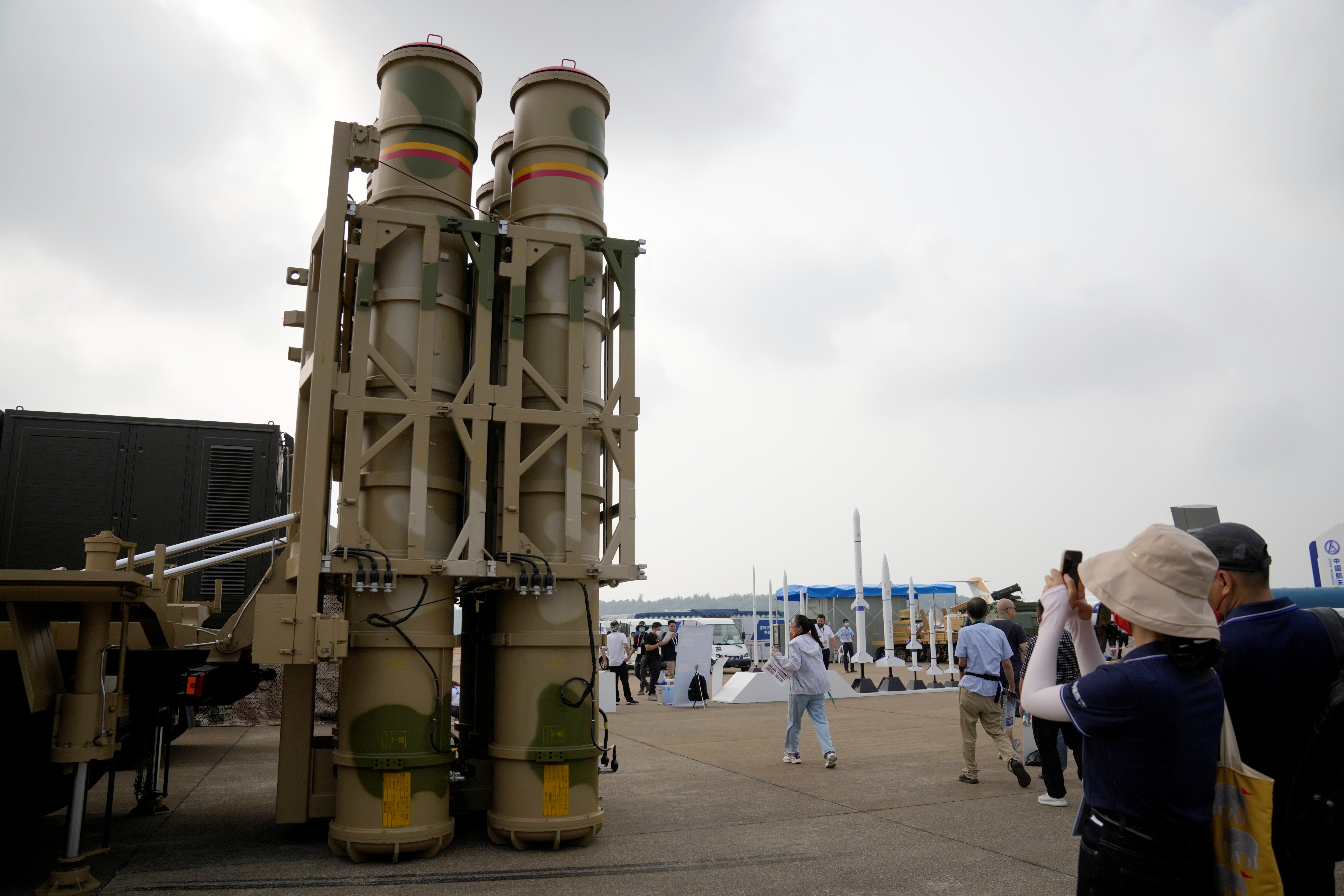China tested hypersonic missiles not once but twice, says report
China’s development of its nuclear arsenal could further intensify an already acute arms race in Asia

China has tested hypersonic missiles, not once but twice during the last three months, a development that “stunned” US intelligence officials, a report said on Thursday.
The report, published by The Financial Times, stated that the first test took place on 27 July and included launching a rocket that employed a “fractional orbital bombardment” system to propel a nuclear-capable “hypersonic glide vehicle” around the Earth. Beijing conducted the second test later on 13 August.
The report cited several anonymous sources who it said were familiar with the tests.
An initial report by the same newspaper revealed over the weekend the August test, which generated a worldwide condemnation of China’s strategy to develop advanced missiles that are much harder to detect and intercept.
Earlier this week, US State Department spokesperson Ned Price said that the Joe Biden administration was very concerned about the dramatic moves China has taken to bolster nuclear arms capability and “novel delivery systems”.
Mr Biden himself later confirmed to reporters his concerns about the latest development.
Hypersonic missiles travel at more than five times the speed of sound in the upper atmosphere - or about 6,200 km per hour (3,850 mph). This is slower than an intercontinental ballistic missile, but the shape of a hypersonic glide vehicle allows it to manoeuvre toward a target or away from defences.
Combining a glide vehicle with a missile that can launch it partially into orbit - a so-called fractional orbital bombardment system (FOBS) - could strip adversaries of reaction time and traditional defences mechanisms.
Analysts fear China’s tests could further intensify an already acute arms race in Asia, where the US is working with its allies to confront China’s increasingly aggressive strategic positioning.
In July, Russia said it successfully tested a Tsirkon (Zircon) hypersonic cruise missile, which President Vladimir Putin touted as part of a new generation of missile systems. Moscow also tested the weapon from a submarine for the first time.
The United States said in late September that it had tested an air-breathing hypersonic weapon - meaning it sustained flight on its own through the atmosphere like a cruise missile - marking the first successful test of that class of weapon since 2013.
Days after the US announcement, North Korea fired a newly developed hypersonic missile, calling it a “strategic weapon” that boosted its defence capabilities, though some South Korean analysts described the test as a failure. On Wednesday, North Korea said it test-fired a new type of submarine-launched ballistic missile (SLBM).
The latest FT report said US scientists “were struggling to understand” the capability of the hypersonic weapon used in China’s test, “which the US does not currently possess”.
China had previously denied that they had tested a rocket carrying a hypersonic missile. On Monday, China’s Foreign Ministry spokesperson Zhao Lijian said it was merely “a regular test of the technology of spacecraft reusability, which carries significance to lower the cost of the use of spacecraft, and is expected to offer mankind a new way of affordable and convenient space travel.”
Additional reporting by Reuters
Join our commenting forum
Join thought-provoking conversations, follow other Independent readers and see their replies
0Comments